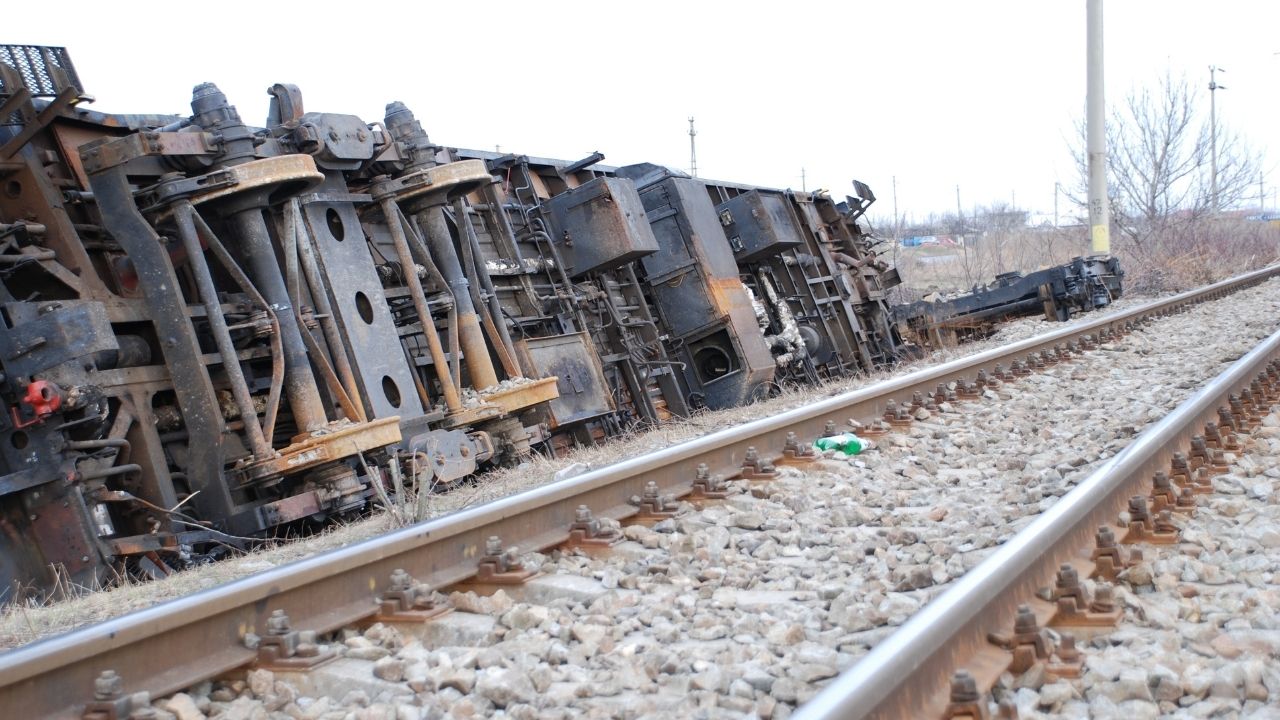Tech
How Is Technology Avoiding Train Accidents?

Train crashes and train derailments happen worldwide every year; many remember the devastating 2013 Lac-Megantic derailment and fire in Canada that killed 42 people.
However, there is new technology being installed by train companies and railroads to reduce the chance of train accidents, which are highlighted below. Of course, accidents still happen, and it’s important to talk to an experienced train accident attorney if it’s happened to you.
Enhanced Train Braking
The United States now requires better braking on trains that carry flammable materials, such as oil and petroleum. Any train with a block of 20 train cars or more that has a combustible liquid must be fitted with a two-way end-of-train (EOT) electronic device or a distributed power braking system.
Both devices spread braking functionality across several points on the train for faster, more reliable stopping power.
Additionally, any train with 70 or more tanker cars with flammable contents at speeds above 40 MPH must have an electronically controlled pneumatic braking apparatus by May 2023.
These advanced technologies allow for better-controlled braking by allowing for more uniform and responsive braking pressure application. The bottom line is a shorter stopping distance, lower derailment risks, and lower chances of train car pileup if a derailment does happen.
Safer Tanker Cars
The tank cars involved in the Lac-Megantic tragedy were an older Class III variety, which was known to be likely to rupture even in a low-speed accident.
After that derailment, the US and Canada came up with a stricter tanker car standard called Class 117. The new car has better resistance to punctures, enhanced structural strength, and is resistant to fractures if a derailment happens.
However, it’s notable that Class III tankers are still allowed to be used in the US and Canada for some dangerous chemicals until June 2025.
Better Information Sharing
Technological advancements are allowing better information sharing between train operators and government agencies, which allows for more effective decision-making. For instance, Canada’s protective Direction No. 36 requires railroad companies to provide cities and counties with dangerous goods updates, including the number of trains, cars carrying hazardous materials, and more.
This information is designed to provide local governments with what they need to know for effective emergency responses and planning.
The US is mandating better classification of many petroleum-based products to ensure better record-keeping and packaging by requiring a documented testing and sampling procedure. This information is needed to be given to the US Department of Transportation when requested.
Human Error
While technological improvements reduce the chances of train accidents, human error can still occur.
For example, in the Lac-Megantic tragedy, the train carried millions of liters of crude oil through the small town in Quebec at a dangerous 65 MPH before veering off the tracks, killing 47 people.
A few hours before the wreck, the train idled in Nantes, Quebec, and the engine caught fire and was disabled by the local fire department.
There was no power from the engine, so air leaked from the braking system. Not enough handbrakes were applied, and the train rolled downhill out of control toward the small town of Lac-Megantic.
Some of the reasons for that crash were less about technology and more about humans failing to use technology. Some human failures in that derailment were failure to maintain the train engine, not understanding the connection between the engine and air brakes, and not setting and testing handbrakes properly.
Better training of train operators has been the norm in Canada and the US since that fateful day in 2013, but there is still more work to prevent future train accidents.
Tech
The Importance of Cyber Hygiene: Tips from HelpRansomware Experts

Byline: Katreen David
In the digital age, the adage “an ounce of prevention is worth a pound of cure” has never been more relevant.
For Juan Ricardo Palacio and Andrea Baggio of HelpRansomware, the battle against digital threats is a daily reality. Founded in response to the growing menace of ransomware, HelpRansomware has made it its mission to recover data while educating the public on the importance of cyber hygiene.
“Preventing a cyberattack before it happens is crucial. We can safeguard digital assets more effectively by nipping the threat in the bud through vigilant monitoring and proactive measures,” says Baggio.
The Growing Threat of Cybercrime
Cyber threats have become increasingly pervasive and sophisticated, impacting businesses and individuals alike. According to research, there are an estimated 2,000 cyberattacks per day globally. This equates to over 800,000 cyber crimes annually. In line with this, the worldwide cost of cybercrime is projected to reach the $23 trillion mark by 2027.
This alarming figure highlights the critical need for robust cybersecurity practices. HelpRansomware has responded to this challenge by accentuating the importance of preventive measures. “Our goal is to create a safer digital environment where cyber hygiene is as natural as brushing your teeth,” says Palacio.
Cyber Clean: Maintaining Digital Hygiene
HelpRansomware advocates for a proactive outlook on cybersecurity. It offers practical tips for maintaining good cyber hygiene, such as regularly updating software, using strong and unique passwords, developing risk management plans, and educating employees about phishing scams.
“Cyber hygiene is about taking small, consistent actions to protect your digital assets,” explains Palacio. “When we practice good cyber hygiene, the chances of cyber attacks occurring shrink significantly.”
Businesses can significantly reduce cyberattack vulnerability by integrating these practices into daily routines.
HelpRansomware’s Role in Promoting Cyber Hygiene
Beyond recovery services, HelpRansomware is dedicated to raising awareness and providing education on cybersecurity best practices. It conducts workshops and seminars to help organizations understand the importance of cyber hygiene. This unique initiative mirrors the company’s sincere efforts toward shielding the world from the dark side of the web.
“Education is the first line of defense against cyber threats,” emphasizes Baggio. “Francis Bacon’s famous quote will always ring true in every industry: ‘Knowledge is power’.”
HelpRansomware’s efforts are power moves across the board that help businesses recover from attacks. Its checkmate move, however, is its vision to build a culture of prevention that can safeguard against future threats.
In an era where cyber threats lurk around every unlikely corner of the internet, the importance of cyber hygiene cannot be overstated. Through its innovative solutions and educational initiatives, HelpRansomware is leading the pack in promoting better cybersecurity practices. “We believe that a well-informed and vigilant community can defeat cybercrime,” concludes Baggio.
HelpRansomware’s proactive stance on cyber hygiene is setting new standards in the industry. Through education and preventive practices, Andrea Baggio and Juan Ricardo Palacio are fortifying the digital community, making sure that future cyber threats are met with informed and resilient defenses. Cleanliness matters in both the tangible and digital world.
-

 Tech4 years ago
Tech4 years agoEffuel Reviews (2021) – Effuel ECO OBD2 Saves Fuel, and Reduce Gas Cost? Effuel Customer Reviews
-

 Tech6 years ago
Tech6 years agoBosch Power Tools India Launches ‘Cordless Matlab Bosch’ Campaign to Demonstrate the Power of Cordless
-

 Lifestyle6 years ago
Lifestyle6 years agoCatholic Cases App brings Church’s Moral Teachings to Androids and iPhones
-

 Lifestyle4 years ago
Lifestyle4 years agoEast Side Hype x Billionaire Boys Club. Hottest New Streetwear Releases in Utah.
-

 Tech6 years ago
Tech6 years agoCloud Buyers & Investors to Profit in the Future
-

 Lifestyle5 years ago
Lifestyle5 years agoThe Midas of Cosmetic Dermatology: Dr. Simon Ourian
-

 Health6 years ago
Health6 years agoCBDistillery Review: Is it a scam?
-

 Entertainment6 years ago
Entertainment6 years agoAvengers Endgame now Available on 123Movies for Download & Streaming for Free
